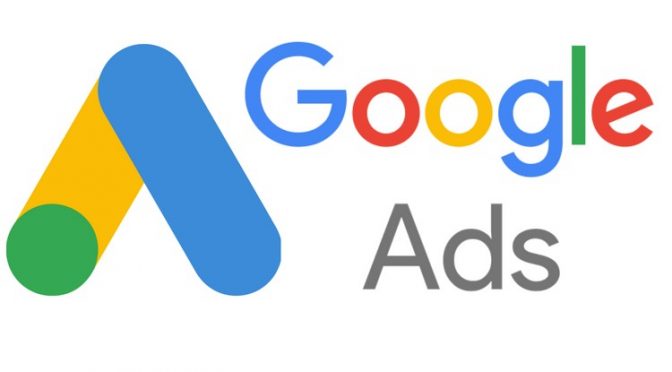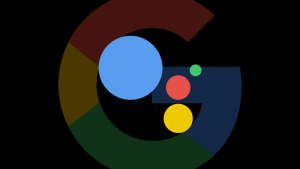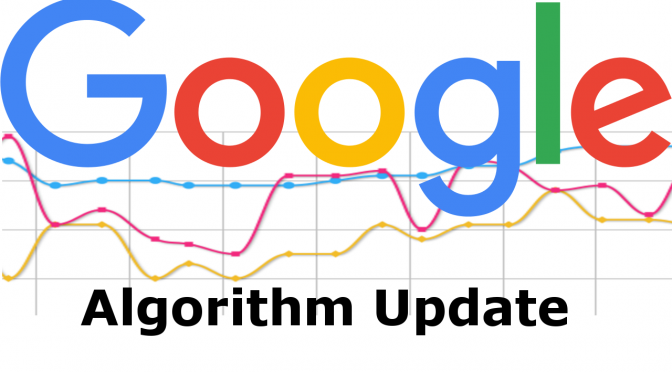Responsive search ads are a dynamic combination of descriptions and headlines which help reach out to target consumers and Google has added new features to the same. RSA is important for every advertiser and the addition of new features show that Google lays prominent importance on the same. Google has rolled out four reporting as well as new feedback tools for responsive search ads. These features will make a strong impact on your ad searches. Details about the new features are listed below.
- There will be suggested descriptions and headlines which will create new responsive search ads and it will roll out in English at the beginning followed by other languages.
- In order to make it easier to create responsive ad searches, Google will also start importing the headlines as well as descriptions from the existing texts ads in an ad group and it will be rolled out in the coming months.
- You will be able to add beyond the minimal descriptions and headlines in order to increase your score. The ad strength dial will update in real time.
- You can view the ad strength updates in your Status column under the UI so as to see if the ads are disapproved or whether you are losing impressions.
The features show that responsive search ads are here to stay and will continue to make an impact in your marketing plan. Google will continue to make investment in this format and the tools, which shows that advertisers should embrace the same at the earliest. If you move early, you will be able to see the best results by experimenting with different features. Responsive search ads are available in Turkish, Danish, Norwegian, Italian, Portuguese, Dutch, Swedish, Japanese, Polish and Russian.





